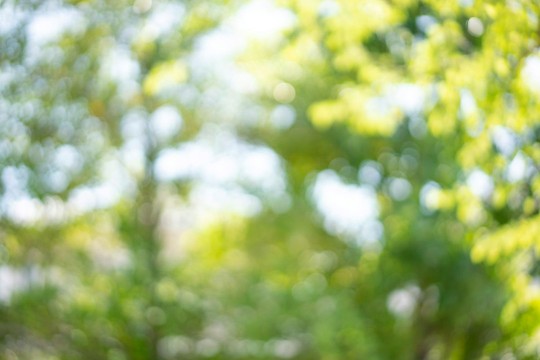Brothers study energy sources for cell stations
Closer proximity of renewable energy source to cellular base stations becomes key to optimal design
Twin brothers, engineering professors and co-researchers Alexis, left, and Andres Kwasinski have been developing technology for cellular network bases stations that will include the use of renewable energy resources. Andres Kwasinski is a member of the computer engineering department in RIT’s Kate Gleason College of Engineering. Alexis Kwasinski is in the electrical engineering department at the University of Texas Austin’s Cockrell School of Engineering.
Researchers at Rochester Institute of Technology and the University of Texas at Austin are developing technology for cellular base stations that will include use of alternative, renewable energy resources. Brothers Andres and Alexis Kwasinski were awarded a $299,440 grant from the National Science Foundation for the two-year project “Integrated communications and power management architecture for supporting cellular base stations operations using renewable energy in a micro-grid configuration.”
The team is looking into several factors in the design of the base stations—primarily on how to adapt the cellular traffic going through a base station and increase the use of renewable energy to power the base station. These solutions could decrease the cellular base stations’ carbon footprint and also offer wireless carriers the ability to extend operation time as part of disaster recovery, said Andres Kwasinski, an associate professor of computer engineering in RIT’s Kate Gleason College of Engineering.
Working with his twin brother, Alexis, an associate professor of electrical engineering at UT’s Cockrell School of Engineering, the researchers are proposing to co-locate the power source closer to the base stations, a slight difference with today’s equipment. Base stations may be spread across a wireless carrier’s district, but the system is linked to a central power station, and this station also provides electrical power to multiple other facilities, residences and operations.
Cellular base stations account for more than 60 percent of the total energy consumed by cellular network systems. As wireless technologies and systems expand, use of alternative energy resources is being explored to support the growing need for increased power and reliability over these extensive networks.
“Often the electronics are reliable,” said Andres. “It is the power supply that is the weak link. The electrical grid, designed a hundred years ago, has not changed much since that time. We are looking at the energy being consumed, and infrastructure that is growing exponentially. This is a cause of concern.”
Integrating the power supply closer to the cellular station, and swapping renewable energy resources, such as wind turbines and solar panels, for traditional electrical power could increase system reliability, Andres explained. And having two or more alternative energy resources ensures that the system remains up, even during outages or natural disasters, and allows operators to better control and manage both.
“You have to diversify the sources,” he said. “Wind and solar power are the most accessible, most deployed today.”
The team is generating computer models of traffic patterns and usage, energy consumption and service time.
“We can recreate fairly close to reality through our computer models about how the power is being consumed,” Andres said. “If we reduce traffic to reduce power consumption at the base stations, we are slowing down traffic for users and, slightly and temporarily, affecting the quality of the experience for users. It is a balance we are trying to find.”
Both brothers bring expertise in each facet of the research—electrical power generation and distribution systems and wireless networks and signal processing.
“You know how things are with twin brothers,” said Andres, laughing. “We are very similar, in some things, different in others. Before we both came to the U.S., we both worked for the same company, Lucent Technologies, at the same time on cellular networks. Our work has evolved over time.”
Alexis Kwasinski also brings experience in studying the effects of natural disasters on telecommunications and wireless systems.
“If there has been a natural disaster, he has been there,” said Andres of his brother’s research travels to the East Coast in 2012 after Hurricane Sandy and Japan after the 2013 tsunami.















